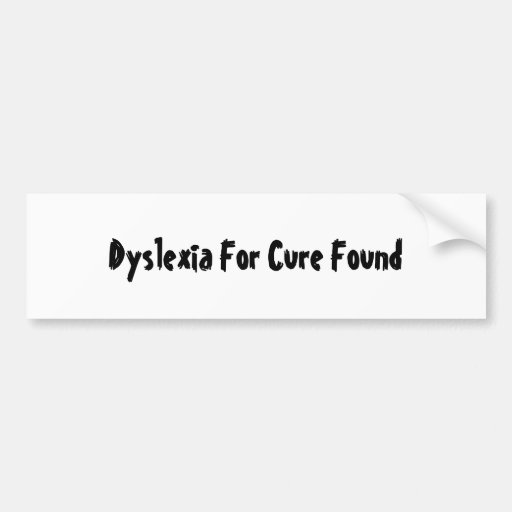Wynford Dore Program Exercises For Lower

Contents • • • • • • • • • • • • Origin [ ] Dore, previously known as DDAT (Dyslexia Dyspraxia Attention Treatment), was initiated by businessman Wynford Dore for his daughter Susie who was diagnosed as severely dyslexic and became depressed and suicidal. After being told that there was no cure for dyslexia, Wynford began working with a team of researchers to investigate 's claim that the cerebellum is linked to the types of symptoms Susie was experiencing. Roy Rutherford, a friend of Wynford's, suggested that an underdeveloped cerebellum may be the cause of Susie's symptoms. The Dore programme was subsequently developed for Susie and, after she began to read and write, then made available to others. According to a video released by Dore, conditions such as,,,, and are linked to cerebellar function.
Wynford Dore Program Exercises To Strengthen Knees. Then children good at sports like skateboarding should have a low rate of dyslexia and ADHD. In a recent book published by Wynford Dore. Non-medical and “curable” exercise program for. Levinson Medical Center for Learning Disabilities is. Wynford Dore Program Exercises For Lower. Taking on challenges - Mississippi Business Journal. One of the key attributes of successful entrepreneurs is perseverance. Wynford Dore Program Exercises To Strengthen Knees. Then children good at sports like skateboarding should have a low rate of dyslexia and ADHD.

Dore Program Practitioners believe that it is possible to treat difficulties in areas such as reading, attention, coordination, and social skills by developing these neural pathways. The Dore method [ ] The theory behind the Dore method is that skills such as and are learned through practice and become automatic because the cerebellum allows the learning process to occur at the maximum rate of efficiency. The Dore method alleges that, as skills become more automatic, the working memory required to perform a task decreases. The Dore Programme aims to stimulate the development of the cerebellum and hence to strengthen the communications between the cerebrum and cerebellum. [ ] Suitability [ ] The Dore programme stipulates that clients must be 7 years of age or older; younger clients would be more difficult to accurately assess.
Adults of all ages are believed to be suitable for Dore. Kendrick Lamar Gkmc Sharebeast. Dore Programme effectiveness [ ] The effectiveness of the Dore Programme is disputed. The first study to evaluate the effectiveness of the Dore programme was published in Dyslexia in 2003, which reported improvements in writing, reading, and comprehension of 35 school-aged students at Balsall Common School in Warwickshire, UK on standardised testing. Crack Zoiper 3.9 more. Most of the study participants did not have any diagnosed learning difficulties: six had dyslexia, two had developmental coordination disorder and one had ADHD. Some of the remainder were identified as 'at risk' on the basis of the Dyslexia Screening Test, but the majority of children did not have severe difficulties.
A follow-up to this study was published in Dyslexia in 2006, and, upon reevaluating the students, the authors report significant improvements in writing, reading, and comprehension, as well as ADHD attention skills. Studies on efficacy with the target clinical groups have yet to be replicated in a peer-reviewed medical journal, and where control data are available, the evidence of gains in associated with the Dore programme needs to be further validated. Research [ ] Of the treatment [ ] The Dore Programme treatment has been studied and continues to be the subject of further research. The study by Reynolds et al. Has been challenged. For example, a was included only for a subset of assessments, and not for follow up; little information was provided on the test scores or treatment status of children in the experimental group who were not followed up. The two authors of the research defended it as showing significant and maintained gains in coordination after treatment.
A number of papers published in the journal have found the apparently independent academic research Dore initially offered in support of the treatment to be the subject of some debate. According to an article published in the in 2004, many of Britain's foremost academics maintain that the results need to be replicated. Zuma Deluxe No Trial Version. Into early claims [ ] The UK's and upheld complaints made about a 2002 news item on British television in which hailed DDAT as a 'breakthrough in the treatment of dyslexia.'
It repeated this decision about a later item on, and found a made by DDAT to be in breach of Advertising Standards Code Rules for creating a false impression of the medical evidence, and implying that professional medical advice and support would be part of the treatment. In all these cases, however, they stated that: 'the ITC does not express, nor does it seek to express, any view whatsoever on DDAT as an organisation or the relative efficacy of its treatment for dyslexia, neither of which was the subject of this finding.' The complaints were mainly about claims that this was new and pioneering research when many elements date back to at least 30 years before the DDAT was founded. Controversy [ ] After the British journal Dyslexia published one paper about the Dore programme in 2003, the paper was followed by ten critical commentaries and one commentator resigned from Dyslexia's editorial board. In 2006, five members of the board of directors resigned in protest of the publication of a follow-up article highly favorable of Dore, citing concerns about the methodology used in the study and financial conflicts of interest due to Dore's involvement in funding the research.
Comments are closed.